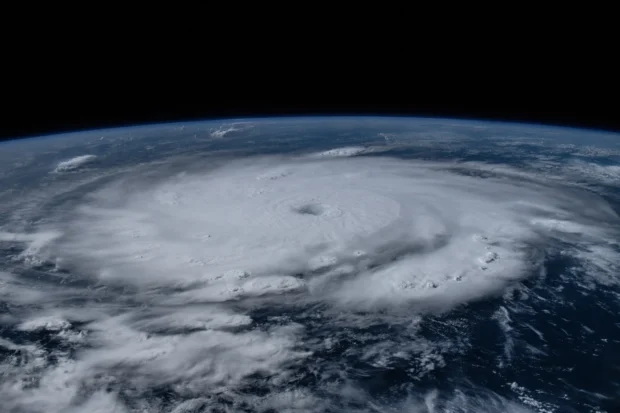With eighteen named storms recorded in 2024, this year’s Atlantic hurricane season proved forecasts predicting an extremely active season.
Howden Re Cat Watch compiled statistics for this years hurricane season which saw Hurricane Hunters conducting 163 flights into storms and dropping 2,378 weather sensors over 350,000 miles of flight travel.
Anna Neely, managing director and head of Catastrophe R&D, at Howden Re and Justin Roth, associate director of Catastrophe Analytics R&D, at Howden Re said the season performed as advertised.
Of the 18 storms, three made landfall in Florida.
“With a total of 18 named storms, 2024 met NOAA’s requirements to classified as ‘Extremely Active’,” said Roth.
He added that early indicators suggest 2024 will be the second costliest hurricane season on record, trailing only 2017—the infamous year of Irma, Maria and Harvey.
“The number of hurricanes (11) and major hurricanes (5) of category 3 or higher surpassed all long- and short-term averages,” Neely said.
Just six of the 18 storms missed hitting land.
The season began with Hurricane Beryl, the earliest Category 5 hurricane in Atlantic Basin history, followed by an unexpected lull in tropical activity from August into September. They said that historically warm ocean temperatures fueled a late-season surge of high-impact hurricanes.
Due to the unusual northwest hook in Hurricane Helene’s path, upsloping wind from the hurricane remnants caused extreme rain in North Carolina and Tennessee that will take years in many cases to recover.
Though Tampa Bay dodged the eye Hurricane Milton, the tornadoes that occurred prior and the subsequent storm surge and flooding were stark reminders of how damaging hurricanes can be.
Milton was the second fastest hurricane to reach Category 5 status in Atlantic Basin history.





















 Legal Finance and Insurance: From Confusion to Collaboration
Legal Finance and Insurance: From Confusion to Collaboration  Bankers Readying U.S. IPOs at ‘Overwhelming’ Pace Ahead of 2026
Bankers Readying U.S. IPOs at ‘Overwhelming’ Pace Ahead of 2026  Viewpoint: Mapping Evolving Regulatory Terrain for MGAs, MGUs and Other DUAEs
Viewpoint: Mapping Evolving Regulatory Terrain for MGAs, MGUs and Other DUAEs  Women Are Now Leaning Out in the Workplace
Women Are Now Leaning Out in the Workplace 